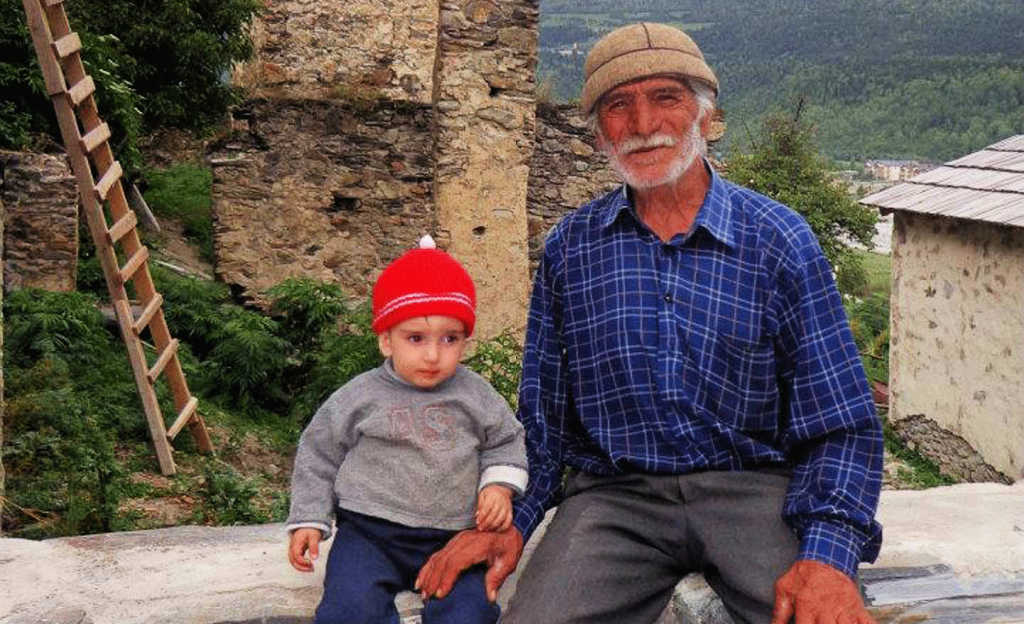
Our European tours are sometimes overlooked in favour of more far-flung destinations, but they offer a different kind of travel experience to the typical holiday here, one that explores lesser-known areas and traditional communities often untouched by mainstream tourism. Our Europe is Europe beyond the holiday hotspots, the over-touristed favourites and the obvious options, taking you off the beaten track into the heart of often very traditional communities.
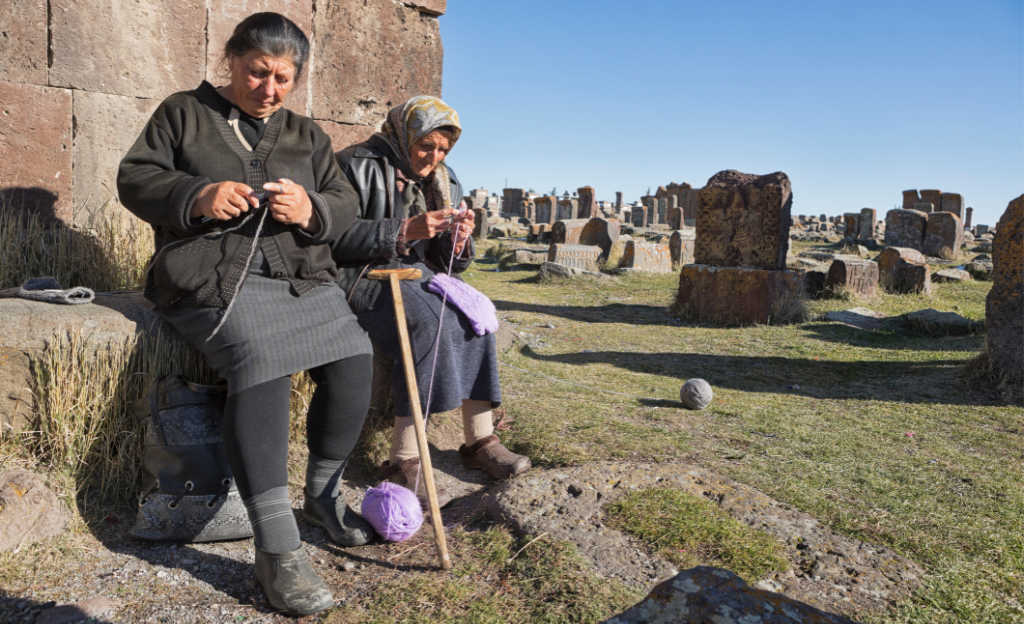
Many of these regions have changed slowly over time, offering a glimpse into ways of life that have largely disappeared elsewhere in Europe. Like so many of our tours, our unusual holidays in Europe let inquisitive travellers experience the old ways of life that have disappeared from the rest of the Continent – partly because most of these countries were behind the Iron Curtain and have been slower to change and develop tourism.
Being closer to home for UK travellers also means less time in transit and more time to explore the rich history and culture of these areas.
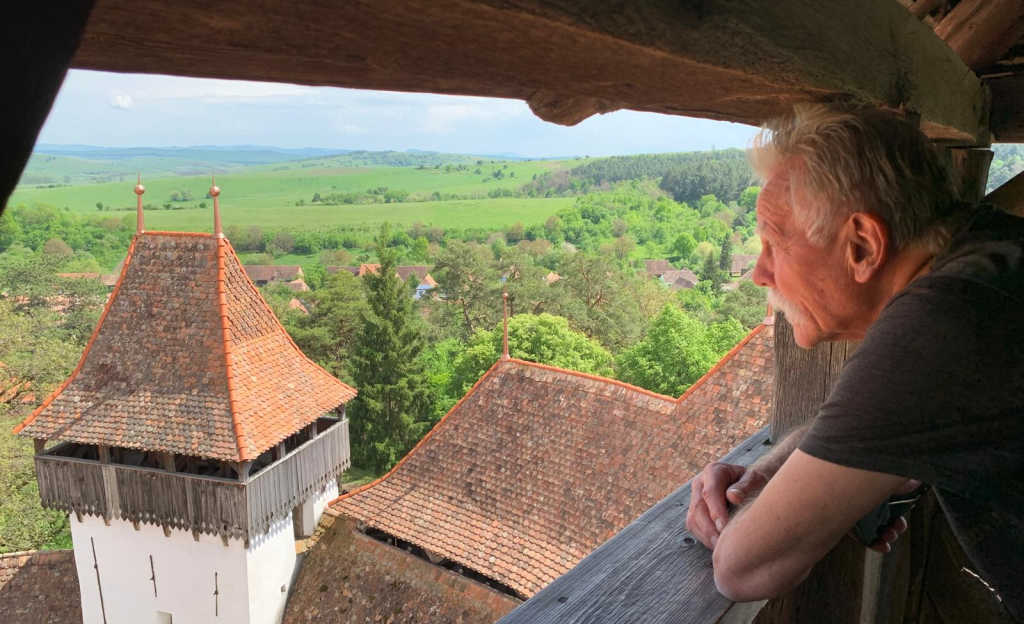
Our trips range from shorter breaks—ideal for those with limited time—to longer journeys that offer a deeper look at countries and regions like Romania, the Caucasus, and the Balkans. Whether you have a week or more to spare, there’s likely to be something here that suits your pace and interests.
Explore our unusual holidays in Europe
1. Moldova Explorer
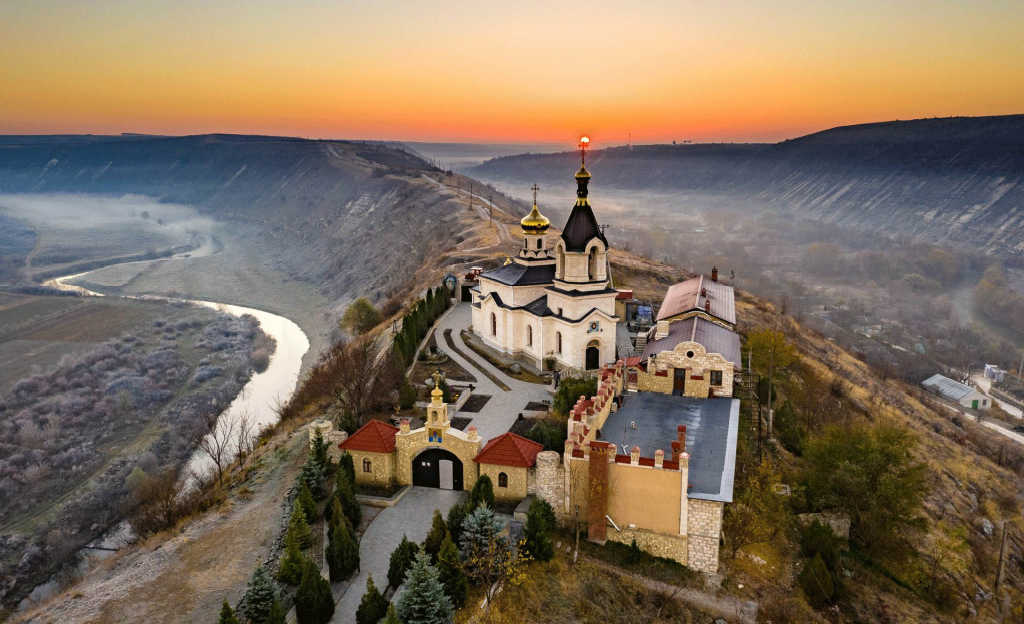
We’re excited to offer our new Moldova Explorer tour, not least because it includes the chance to discover a country that doesn’t officially exist, Transdniestr. This forgotten remnant of the Soviet Union, which broke away from Moldova in 1992, retains a very Soviet air, with sights including a bust of Lenin in front of the city hall (‘House of Soviets’) and a war memorial with a Soviet tank as a centrepiece.
But there’s plenty more to this enigmatic country wedged between Romania and Ukraine, including ancient cave monasteries, an underground wine city with fine vintages, and the unique autonomous region of Gagauzia with its Turkic roots overlaid by Orthodox tradition.
2. The Edge of Europe: Azerbaijan, Georgia & Armenia

With such a collision of cultures at its core, this part of the world, which has some of the highest mountains and most isolated communities on the Continent, doesn’t even feel like Europe. On just a tiny portion of land connecting Europe with Asia, the influences of Turkey, Russia, and Persia are all at play.
Our full three-week tour, Edge of Europe – Azerbaijan, Georgia & Armenia, delves deep into this fascinating region; they’re so popular, we often add extra departures. But we also know that not everyone can spare the time and hence offer one or two compact weeks in one or two of these countries.
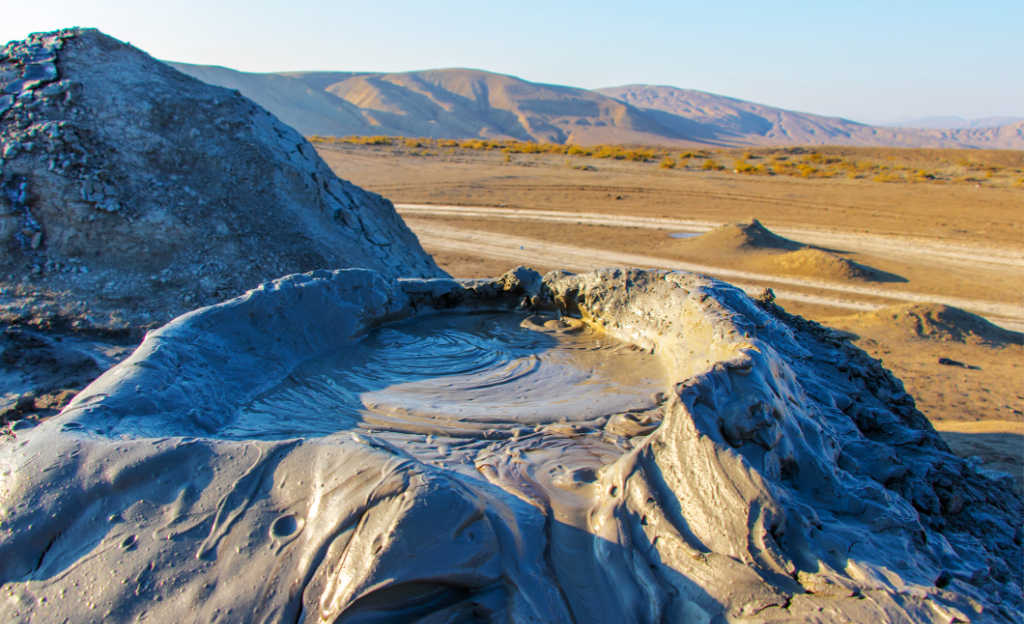
The first element is our eight-day Azerbaijan Between East and West tour, which takes you through a land shrouded by mystery, mixing Russian, Persian, Ottoman, and Central Asian heritage. You’ll see the capital, Baku, with its compelling juxtaposition of old oil barons’ mansions and shiny new architecture, as well as geologic anomalies such as mud volcanoes.
Next up on our three-week trip, or bookable in their own right as week-long trips or as a separate two-week, two-country tour, are Georgia and Armenia. Our eight-day Georgia, Jewel of the Caucasus trip introduces you to another almost-mythical country of age-old customs and multicultural influences. Among its attractions are one of Europe’s most untamed, isolated, and traditional areas, Svaneti, with its mix of pagan and Christian beliefs, ancient watchtowers and stone villages.

Ancient Armenia (seven days) reveals a complex country that stands out most strongly for its monasteries, dating back to the emergence of Christianity. It also contains one of Europe’s smallest but most traditional ethnic groups, the Molokans, together with Yazidi villages where people still live largely as they have for centuries.
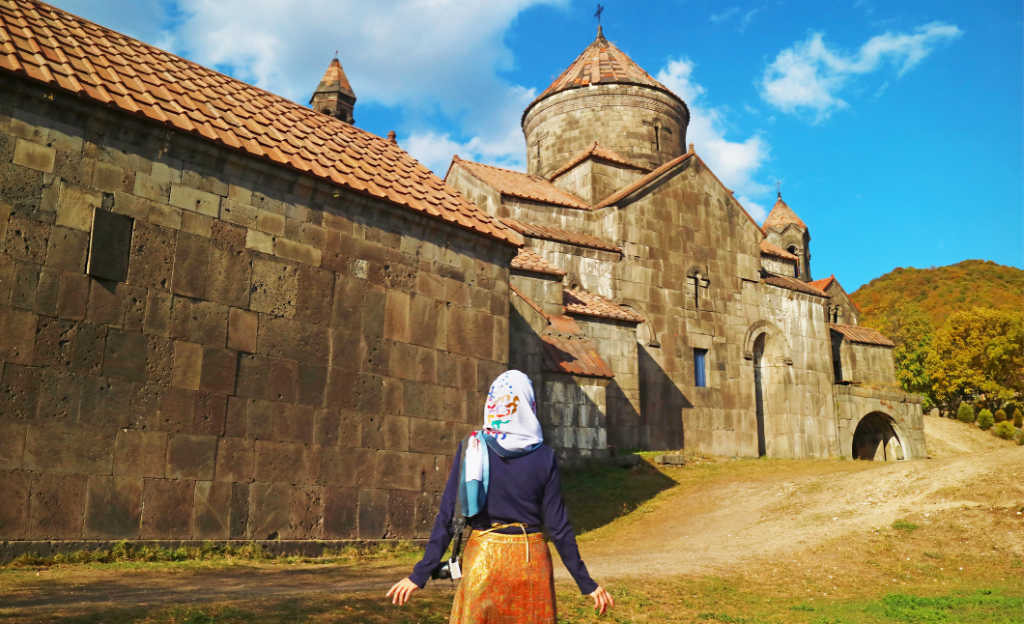
Whether you choose to explore Georgia and Armenia separately, as part of our joint 14-day Caucasus Discoverer tour, or as part of the all-encompassing Edge of Europe tour, you’ll have the joy of sampling the incredible food and wine of this region. In particular, it’s a little-known fact that Armenia is thought to be the birthplace of wine-making, with practices going back more than 6,000 years and delicious modern wines that are old world in style and use indigenous grapes.
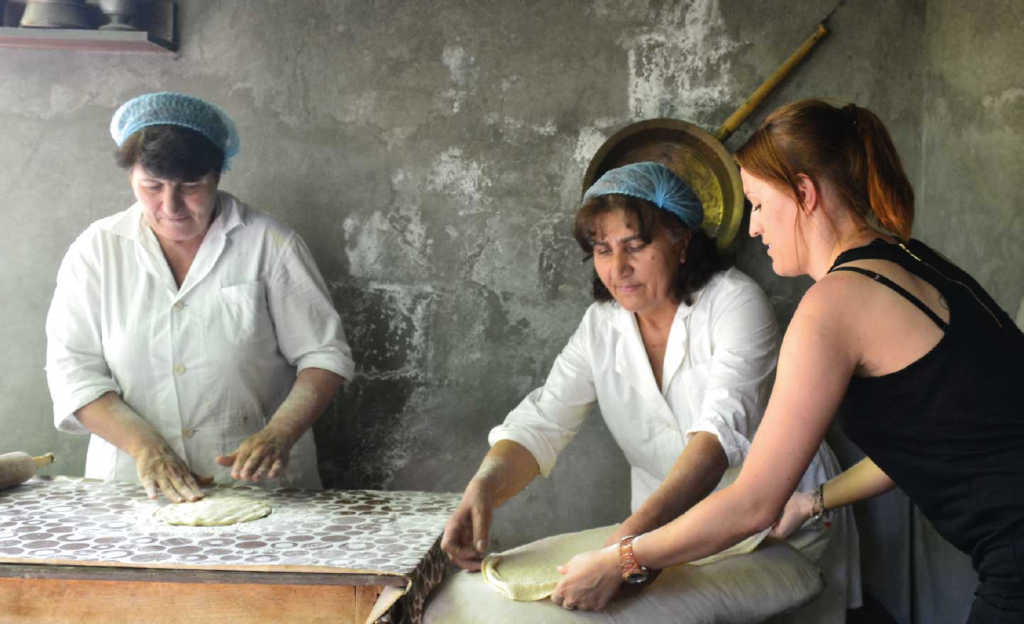
3. Albania, Kosovo, Macedonia
This region is a crossroads of Ottoman and Christian cultures, where traditions from its time behind the Iron Curtain live on, and where evolving cities nestle amidst timeless mountains.
Albania alone is a fascinating world in itself, one where blood feuds once held sway – the kullas (fortified houses) you’ll see are where the men took refuge – and where feudally traditional villages perch amidst breathtaking Alpine scenery. Other highlights are the towns of Berat and Gjirokastër, and some engrossing Roman ruins.
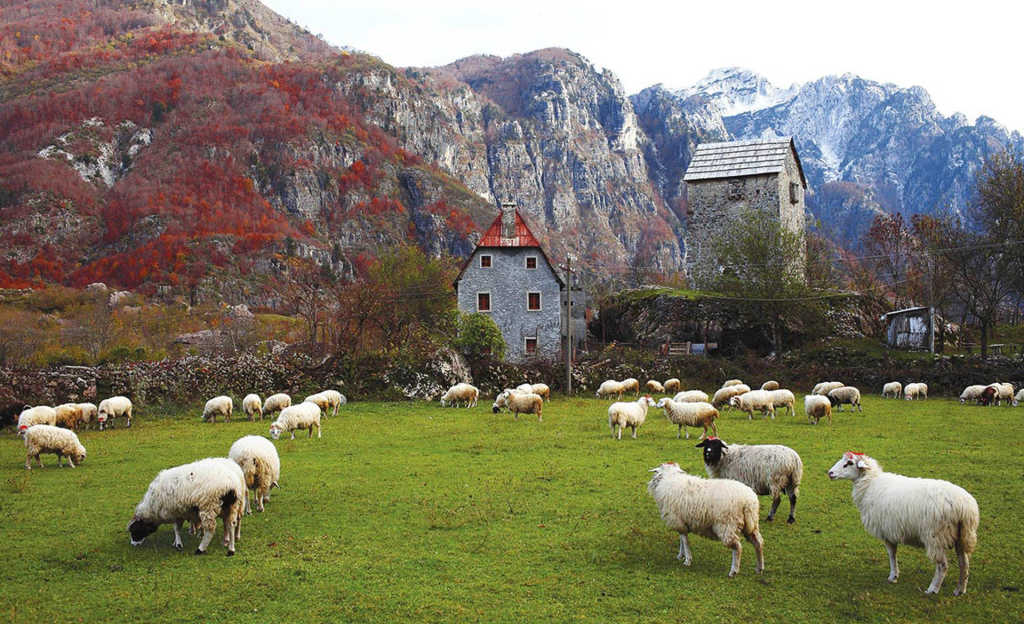
Our 17-day Albania, Kosovo & Macedonia tour gives you an in-depth look at Albania, where it starts and finishes. In between, you’ll be treated to the unforgettable boat trip across Lake Koman to take you onwards to Kosovo, Europe’s newest country, comprised mainly of ethnic Albanians. Here, east and west blend in intriguingly in cities such as Prizren and Pristina, where you’ll take in monasteries, churches, historic hammams and more.
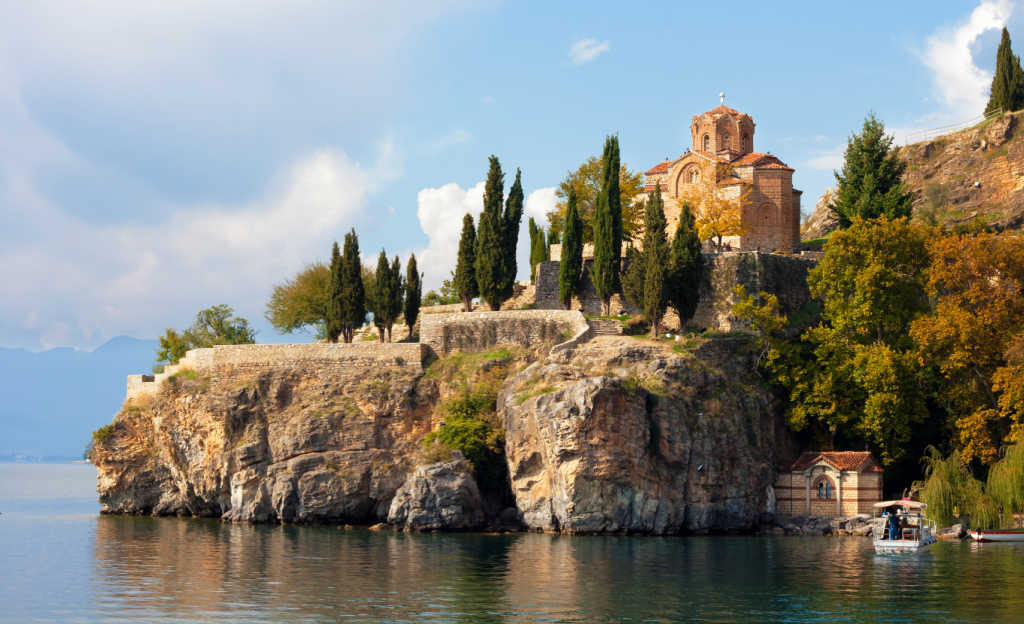
After that, North Macedonia’s attractions include the capital Skopje, UNESCO-listed Lake Ohrid and its town, and among those, some wonderful medieval churches.
4. Highlights of the Balkans: Serbia, Montenegro, Croatia, Bosnia-Herzegovina
The former Yugoslavia overflows with its rich and often turbulent heritage. Crisscrossing modern-day borders, our 16-day Highlights of the Balkans trip offers you a great opportunity to fully get under the skin of what is one of Europe’s most eclectic regions, thanks to its location where Europe meets the Orient.
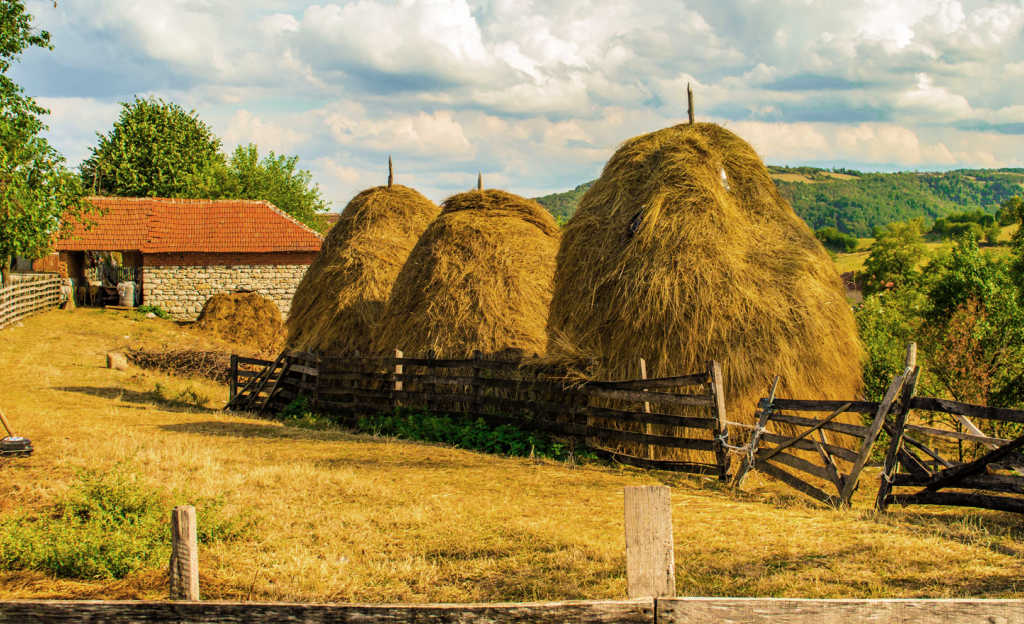
Serbia brings together its lively modern capital, Belgrade, with Roman remains, the grisly tower of skulls of Nis, Ottoman architecture, and Novi Sad’s fortress. With its mountains and monasteries, Serbia offers, away from its cities, a beguilingly slower pace of life than much of the rest of Europe.
Next on our itinerary, Montenegro, like Serbia, is undervalued but fully worth exploring, especially the lesser-visited inland lakes, forests, and mountains of the Durmitor National Park and Biogradska Gora. They provide a prelude and contrast to Montenegro’s slice of Adriatic coastline centred on the otherworldly Bay of Kotor.
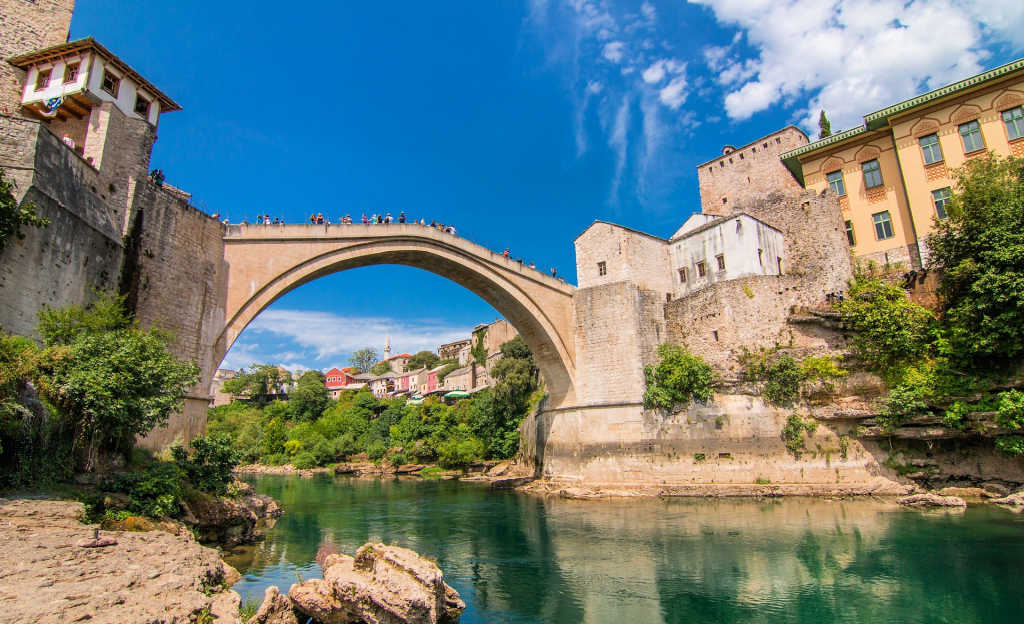
Croatia is well and truly on the tourist radar, but no Balkan immersion is complete without a dip into Dubrovnik with its epic walls, as well as lush green Plitvice National Park with its turquoise lakes and forest waterfalls.
Then there’s Bosnia, where the region’s tragic past comes vividly alive in the architecture and monuments of cities such as Sarajevo and Mostar, but where you’ll also take in enchanting, back-in-time villages such as Jajce with its old watermills.
From Transylvania to the Danube: Romania
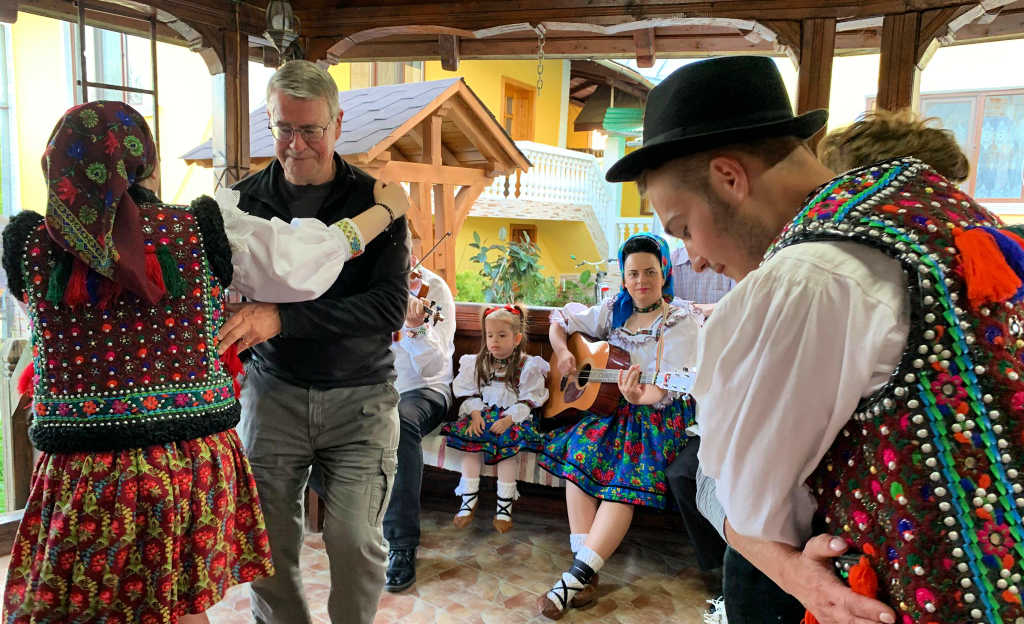
Much of the appeal of our Romania two-week journey around this fascinating country, for those who love alternative holidays in Europe, is the fact that we stay in many rural guesthouses serving home-cooked food – places where you’ll receive a genuine welcome from people living at a remove from modern life. Romania’s towns, meanwhile, reward your visit with a preponderance of World Heritage sites.
Transylvania, with its spooky legends, is as atmospheric as you could hope for, packed with Gothic architecture and painted monasteries with lovely frescoes. On the heels of that comes the Danube Delta, a wildlife-lovers’ paradise that will especially delight bird-watchers. Check out our Why Visit Romania feature for more must-see attractions.
Bulgaria – Monasteries & Mountains
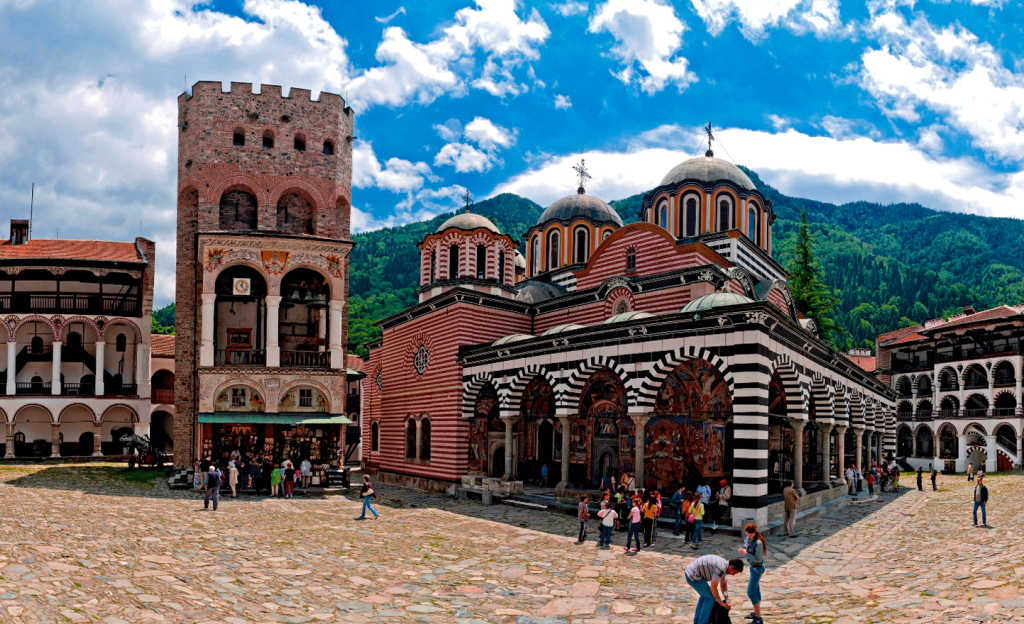
With the greatest number of classical ruins after Italy and Greece, Bulgaria should be better known. Indeed, it feels like Greece in places, but its tourism hasn’t been developed, making it ideal for unusual holidays in Europe. You can marvel in peace at medieval monasteries such as Rila, magnificent frescoes, and the Thracian tomb of Kazanlak from the Hellenistic period.
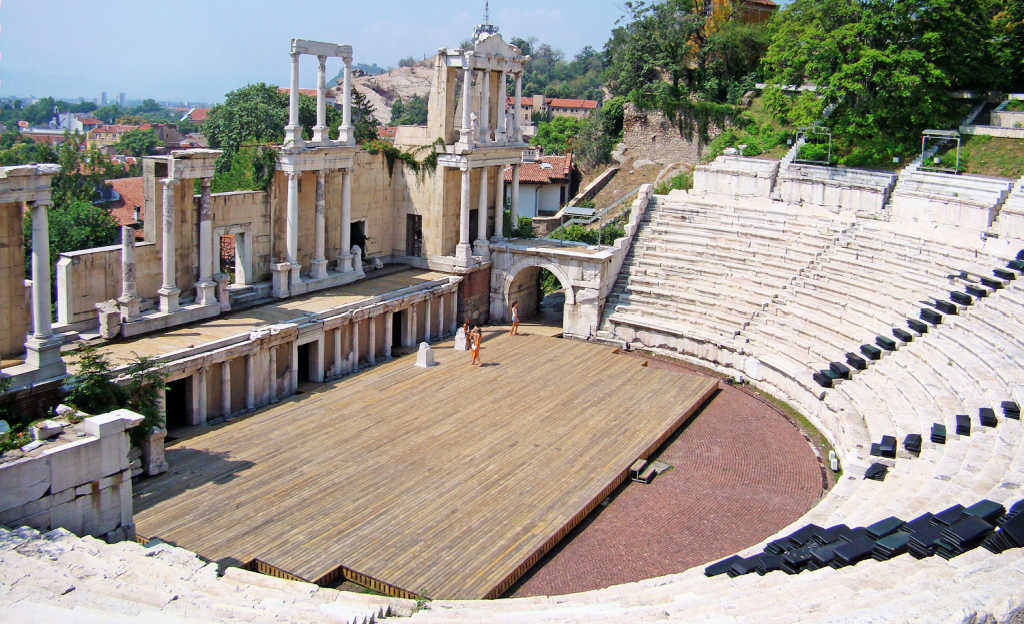
Also unmissable are Plovdiv, one of the oldest cities in Europe, with charming and distinctive Revival houses, some with ‘gossip rooms’ on the upper floor. You’ll also get to soak in the atmosphere of typical mountain villages and Roman-era ruins such as the Theatre of Philippopolis. Check out our Monasteries & Mountains tour for details of this trip.
Next steps to touring alternative Europe
If any of our unusual trips to Europe have piqued your interest, and you would like to find out more, please get in touch by phone, 01472 328 546 or via our contact page. We’d love to show you the lesser-known areas and traditional communities that many tours miss out on. Whether you have one or two weeks or the luxury of three, there’s something here for you.
